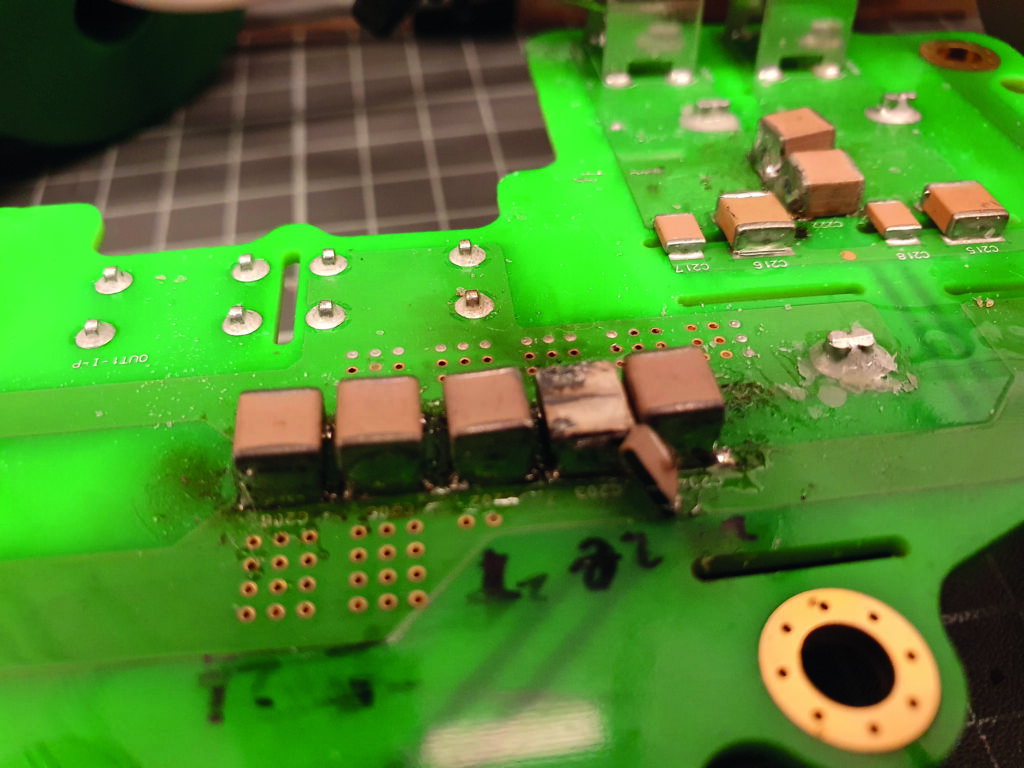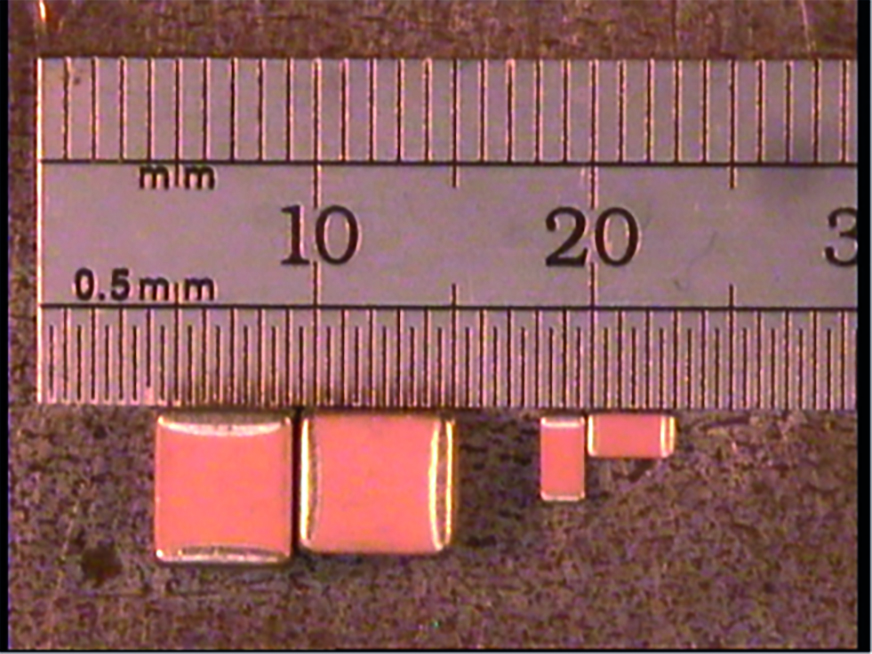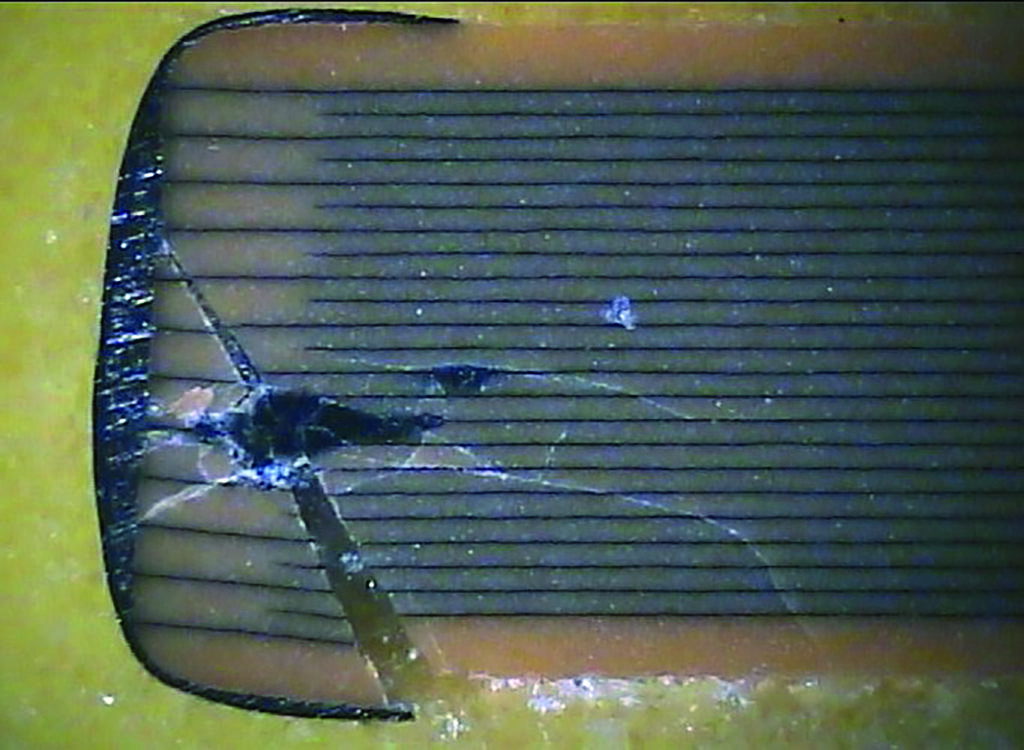Knowles Precision Devices’ global capacitor R&D and applications manager, Steve Hopwood, explains how higher voltages are impacting automotive passives
Electronic control units inside combustion vehicles and batteries required for EVs need reliable, high-quality components such as capacitors and filters. However, selecting components that can function reliably long-term in harsh environments is challenging.
The AEC-Q200 standard helps automotive companies identify high-reliability components. This standard defines the minimum stress test qualification requirements for passive electrical devices including ceramic capacitors. Components meeting AEC-Q200 are deemed suitable for automotive environments without additional component-level qualification testing. Thus, AEC-Q200-qualified parts save manufacturers time and money.

However, just because a part is AEC-Q200 qualified does not automatically mean it suits every automotive application. There are additional considerations, especially regarding high operational voltages.
A big factor for multilayer ceramic capacitors (MLCCs) is voltage rating. However, selecting an MLCC based on maximum operating voltage is actually not the limit to think about. To ensure reliability and human safety, the MLCC needs to be subjected to extremely high-voltage insulation tests, up to five times the part’s operating voltage. The voltage rating to consider when selecting an MLCC is the maximum test voltage.
Using safety-certified capacitors for high-voltage operations, even where they are not required, can help alleviate this issue as these capacitors are tested externally to various international standards. Knowles Precision Devices offers auto-grade safety-rated MLCCs that have 100 per cent dielectric withstand voltage (DWV) at up to 4,000Vdc.
Typically, MLCCs are not large components. But successful operation at high voltages requires larger MLCCs. In Fig 2 the MLCCs on the right used to be considered the largest size MLCC used in automotive applications but today’s high-voltage requirements demand much larger components like those shown on the left.

One reason MLCCs have become larger is because higher voltage requires a higher minimum creepage distance. If a component is too small it impacts the dielectric’s ability to withstand the voltage without a flashover. If a larger component can’t be used, another option is conformal coating, although it must cover all the MLCC’s surfaces, including underneath.
To avoid creepage and flashover, it may be tempting to use the largest applicable MLCC, however larger components are more susceptible to cracking due to board stresses (Fig 3).
One way to mitigate mechanical failures caused by cracking is open mode design, which moves the electrode overlap area into the chip to allow the MLCC to crack without going through the active area and causing an electrical failure. Another way is to build a tandem capacitor, where each capacitor is rated to take the full operating voltage if one shorts.

Knowles Precision Devices engineers prefer to address potential cracking failures by using a flexible termination. Invented by Knowles Precision Devices, flexible terminations absorb stress and increase the ability of the MLCC to withstand mistreatment. The company’s FlexiCap flexible termination material can withstand a board bend of at least 5mm in a 100mm span directly under the chip.
www.knowlescapacitors.com
